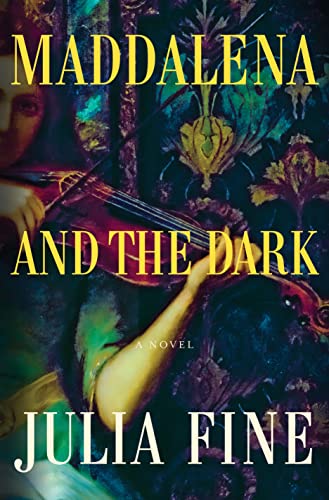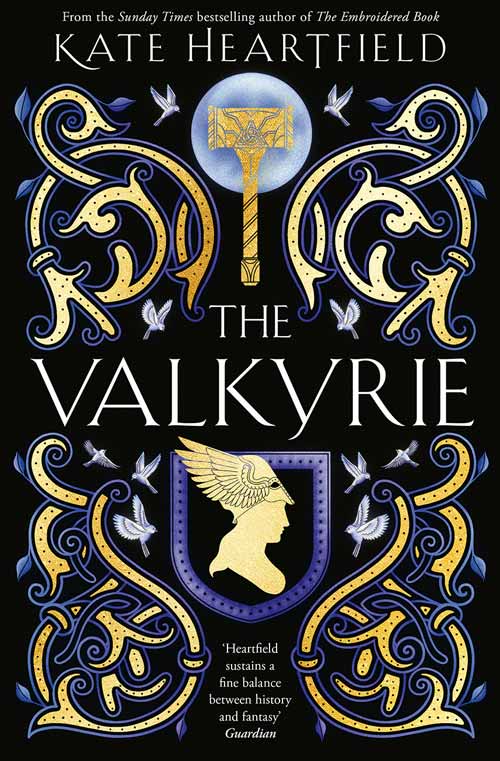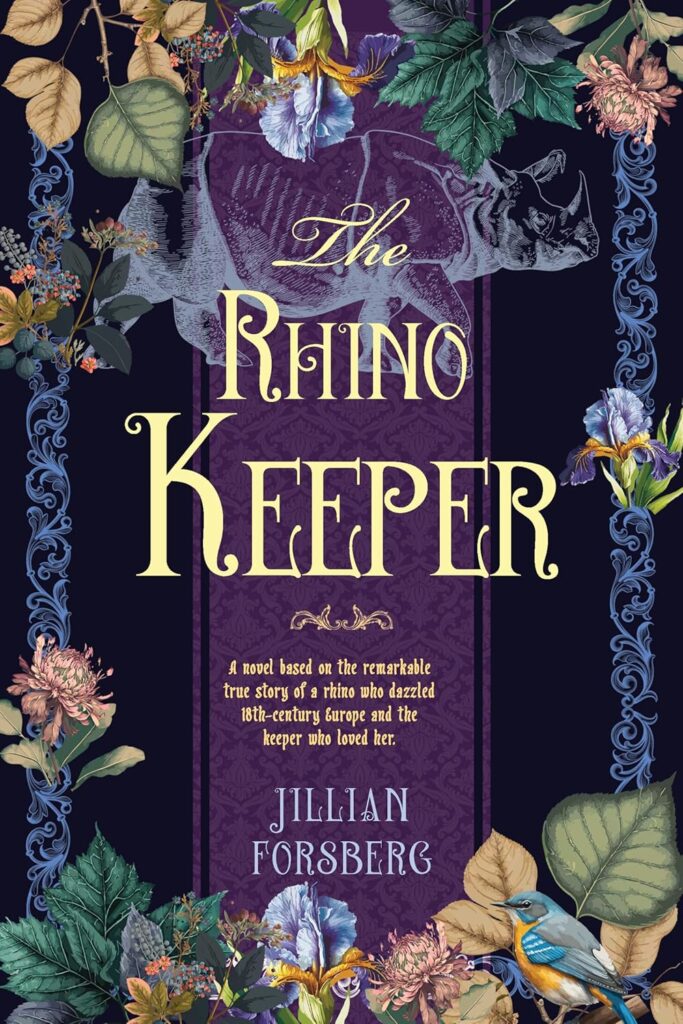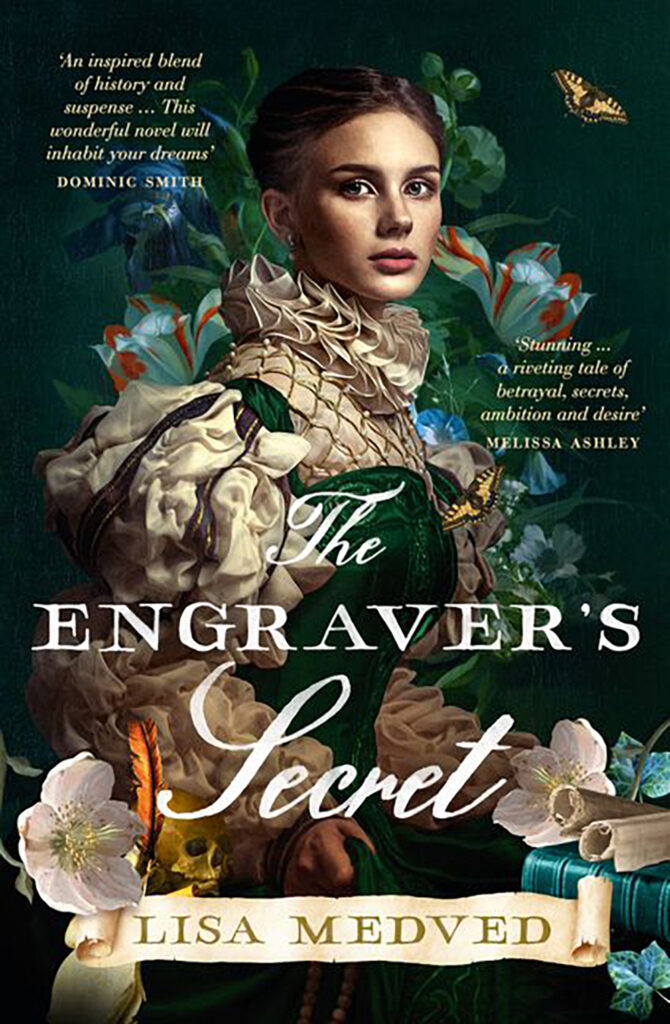Maddalena and the Dark
In 1717 Venice, two girls, Maddalena and Luisa, secretly share a bed at the Ospedale della Pietà, home for foundlings and music school for girls studying under Italy’s famous composer, Antonio Vivaldi. The temperamentally opposite girls are presented in alternating- chapter points of view. Music as historical subject is the descant in this fantasy-tragedy of sexuality, sensuality, and secrets; initially, musical details create setting, style, and content. Music acts as a force, water as magic, but when water turns to blood, the reader knows we’ve strayed.
“What would you prefer? To be a nun? To go immediately to a nunnery?” Maddalena’s brother asks before she’s sent to the Pietà, though she is not an orphan. Rather, she is a nobleman’s daughter dispatched to the Pietà to acquire talents and make amends for her mother’s illicit scandal and escape from her father’s home. Maddalena experiences a vision along the Lido before meeting Luisa, the docile virgin, then makes a bargain and soon asks Luisa, “What do you want? What will you pay?” – a refrain underscoring her clandestine mystery. What Luisa wants is to play her violin, first for Vivaldi, then, once she is married, in public. Maddalena wants only Luisa for herself.
Evocative, erotic, at times exasperatingly repetitive, the prose suspends delayed dissonances, yet there are turns of phrases as quick and clever as Vivaldi’s music. The Italianate and musical language develops motives while the plot remains murky like the dark water over which a gondolier and a pact with the Devil reign. To read this story is to peer at an opaque glass until the pair of girls leave the cloister and live among the nobility and taboos of Venice. Then Carnival season begins, masks are everywhere, and love, jealousy, treachery, and revenge as evil as Iago are unleashed.










